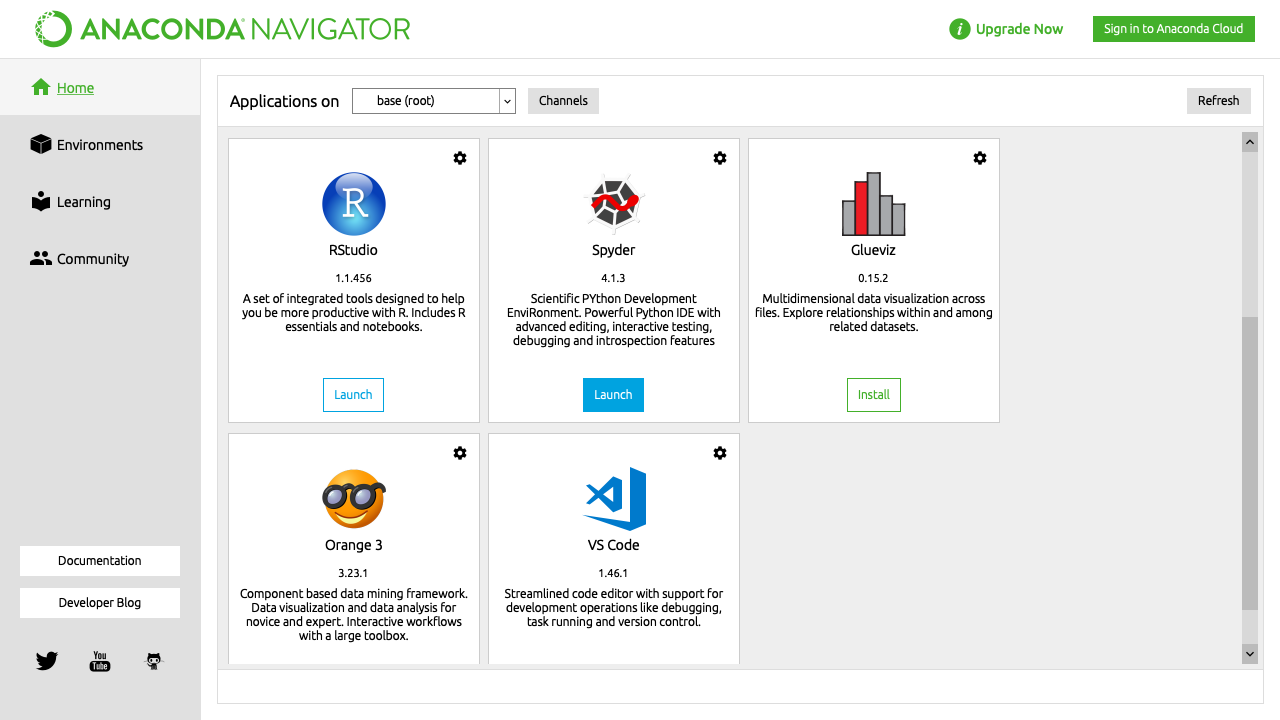
- INSTALL PYTHON 2.7 UBUNTU COMMAND LINE HOW TO
- INSTALL PYTHON 2.7 UBUNTU COMMAND LINE INSTALL
- INSTALL PYTHON 2.7 UBUNTU COMMAND LINE PASSWORD
- INSTALL PYTHON 2.7 UBUNTU COMMAND LINE DOWNLOAD
Step 8 − When connecting from other machines on this database, it is advised to keep the default options as ‘ N’ for both anonymous users and disallow root login remotely. Now, it prompts on whether we want to change the root password.Īgain, it prompts on whether we want to remove the Anonymous access.
INSTALL PYTHON 2.7 UBUNTU COMMAND LINE PASSWORD
Step 6 − Enter the password and hit Enter.

It prompts to enter the root password which was entered during the installation process. Step 5 − To configure mysql, run the following command. The following screenshot shows mysqld which is the daemon process for mysql running in the background.

Step 4 − To see the MySQL process running, run the following command. It will also prompt to re-enter the password. Step 3 − Enter the required password and click the OK button.
INSTALL PYTHON 2.7 UBUNTU COMMAND LINE DOWNLOAD
Once the download completes and the installation starts, the installer will first ask to configure a root password. The above command will start the download of all the relevant packages for MySQL. Step 2 − Once all the packages have been updated, it is time to get the packages for MySQL. Step 1 − Issue the apt-get command to ensure all operating system packages are up to date.

INSTALL PYTHON 2.7 UBUNTU COMMAND LINE INSTALL
To install MySQL, the following steps need to be followed. The above command will download the necessary packages for Python and have it installed. If we want to have the latest version of Python installed, then we need to issue the following statement. The later command is used to see the version 3 of Python installed. There is another way to see if Python is installed via the following commands. The following screenshot shows a sample of the output of the above command.įrom the above output, we can see that the version of Python installed is version 2.7. Where the –v option specifies to show what is the version of Python installed. We can find this issuing the following command. The first thing to do is to find out what is the version of Python installed on the system. Let’s see how we can get them installed on Ubuntu server environments. These are normally installed on Linux-based systems.
INSTALL PYTHON 2.7 UBUNTU COMMAND LINE HOW TO
Check out our guide and learn how to install NumPy using PIP.MySQL and Python are famous database and development software respectively. NumPy is a library for the Python programming language, adding support for large, multi-dimensional arrays and matrices. Just keep in mind that Pip is specifically for Python packages found in the Python Package Index (PyPI). With this guide, you have learned how to install Pip on Ubuntu 18.04 for Python 2 and Python 3. Your command line will change to indicate that you are operating within the new Python virtual environment. From here, you can use Pip to install a module only to this environment.Īn example might look as follows: pip install module_name You can replace my_test_environment with the name of your project. This environment includes Python, Pip, the Python library, and supporting files. A new directory will be created with the name you provide.Īctivate the virtual environment with the following command: source my_test_environment/activate For example: /users/username/pythonĮnter the following command to create a virtual environment in that path: python3 –m venv my_test_environment

Change your directory to a location where you want to store your virtual environment. Once that process completes, you can create a virtual environment for Python. We are using the apt package installer because we’re installing the python-venv module globally. Install it with the following terminal command: sudo apt install python3–venvĪllow the process to complete. To create a virtual environment, the python-venv module is required. Setup Python Virtual Environments (Optional)


 0 kommentar(er)
0 kommentar(er)
